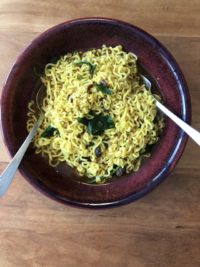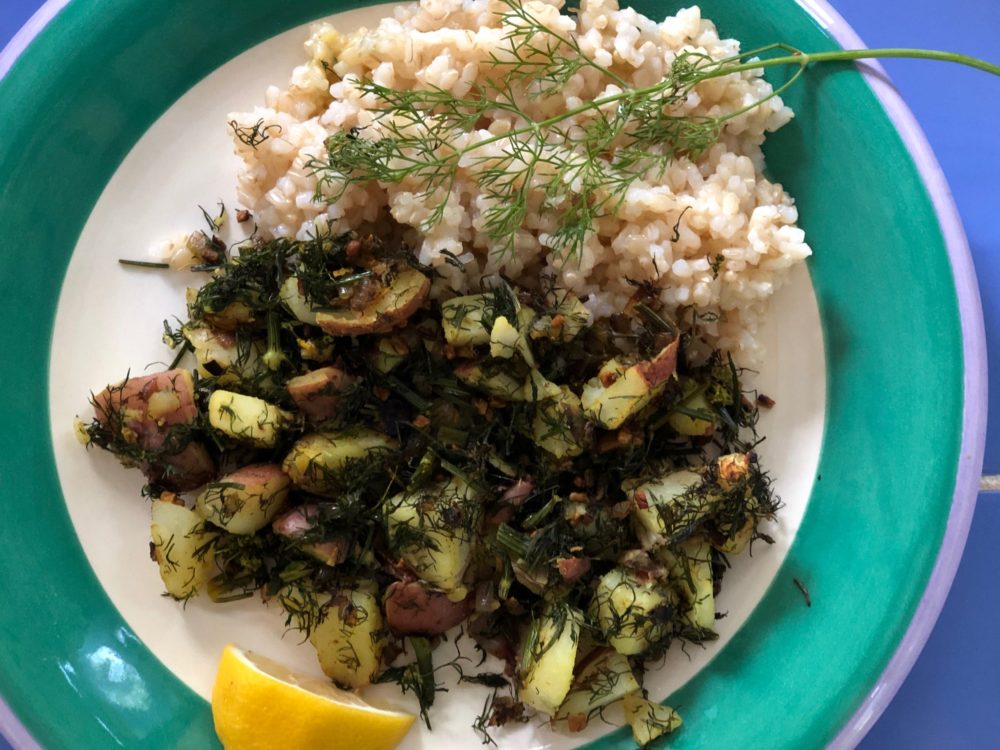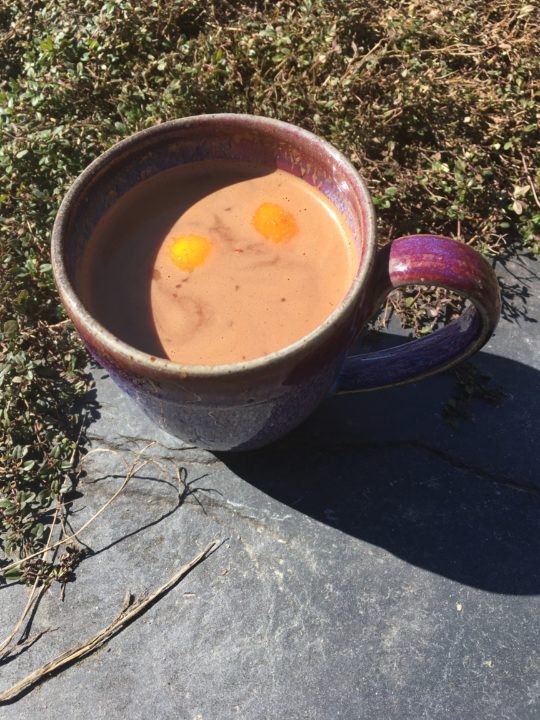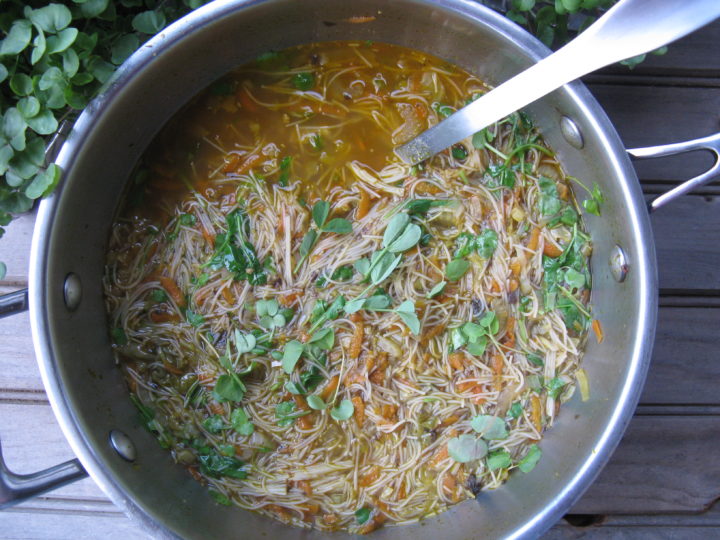There is no “Ayurvedic” food. There is no food that is not “Ayurvedic.” There are simply substances, including food, that we can describe or understand using Ayurvedic principles. For example, we can describe the part-food, part-medicine dish, “kitcheri” as being light, slightly sharp, warming, slightly oily, smooth and containing at least a little of each of the six tastes: sweet, sour, salty, pungent, bitter and astringent. In the same way, if we apply Ayurvedic principles to describe a fast food hamburger, we would say it is heavy, dull, warming, oily, dense, stabilizing, sweet, salty, sour and slightly pungent. Ice cream would be heavy, dull, cool, oily, smooth, dense, soft, stabilizing, gross (as opposed to subtle) and sticky.
We learn in Ayurveda that there are no universally and inherently “good” foods or “bad” foods. The old saying, “one man’s meat is another man’s poison” finds acceptance in Ayurvedic philosophy. Ayurvedic classics teach us that there is no substance on earth that cannot act as a medicine in certain situations. We simply must understand the qualities of the substance and the person, in order to understand how it is likely to affect them.
It can take a while, naturally, to become proficient at this kind of analysis. If you are new to this kind of thinking, you could read Part III of Balance Your Hormones, Balance Your Life to get started. Then you can take things further by learning about your constitution and current condition. You can have a quick introduction to understanding your constitution by reading “Your Ayurvedic Constitution.” You can consider your current condition by taking Banyan Botanical’s online questionnaire. If you want to go deeper you can take a beginning ayurveda online course
If you just want to try some recipes, browse away. I’m looking to present recipes here that can work for most people, or that can be adapted for most people. I’ll include a little blurb with each recipe that gives a bit of information about who the dish might work best for. Hope you enjoy…






